A Staircase in Point. Materials, Movement and a Little Theatre.
Often only seen as a way from A to B, an annoying left-over element builders squeeze onto a plan; a staircase often ends up as a missed design opportunity. But for those of us willing to stop and ponder, there are many possibilites for making the Staircase creative and gestural theatre.
The oldest surviving staircases are found in the ancient city of Jericho, rooms dating more than 7000 years, which should have given us plenty of time to think about how they might be crafted to properly enhance our living environments. Unfortunately though, modern building practices and increased costs of labour and materials have left us feeling a little uninspired, expecting nothing more than basic outcomes. There are however, many great examples both public and private, where inspiration can be taken and ideas can be gleaned. Here I would like to share with you, just a few...

Materials.
Materials are often the first and only thing many of us think of when contemplating our own staircases. "What are we going to build it out of?" This is often followed up with the builder making suggestions, derived from his skill set and available building materials. If we are lucky enough to have an architect, this conversation is often a little more indulgent. Where is this staircase going to be, what is it's role both structurally and metaphorically and what form is it going to take in relation to the elements and vistas around it? The Spanish Art Nouveau Staircase (above) has had the latter level of consideration. Its materials and form are a testament to those who afforded its commission, a display of both the wealth, engineering and attitudes of the time; the rought iron and it's sculpting a prized commodity.
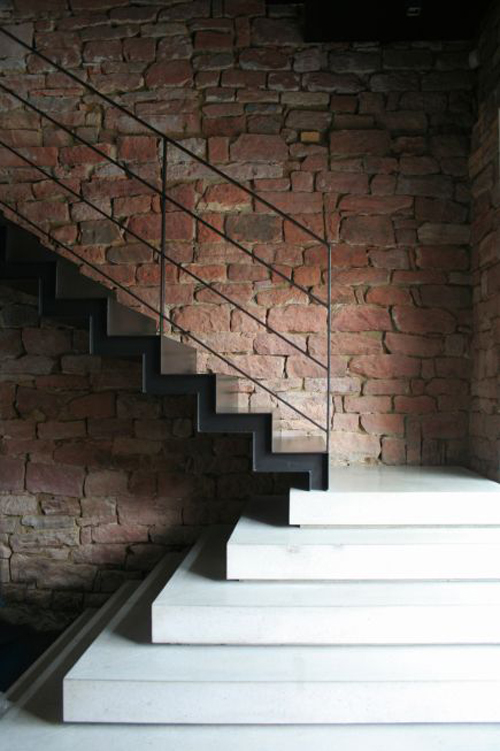
This staircase by Jurgen Mayer, with a minimalist approach to the same material, does at least three things well.
Firstly, It's employed as more than just a staircase, it's also a sculpture. Secondly, the sculpture employs two materials, both of which serve different purposes. The steel segment encourages rapid, regular movement downwards to the concrete plinth. The concrete segment allows you to stop, turn and survey the room before graciously entering in a fluid motion. Both work in equal contrast to the brick wall structure, allowing each to stand alone. Thirdly, the concrete segment is sculptured in a way that employs shadow lines between each stair, creating a sense of cascading plinths rather than just a blob of concrete. The form of this segment now has as much sculptural definition as the steel.
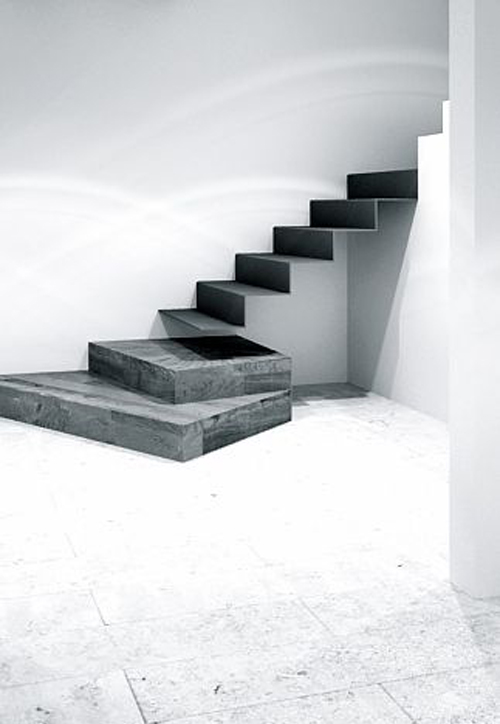
A hard and minimal palette suggests cool in the heat of Barcelona, Susanna Cots (above).

A monolithic choice of materials above, with wall and stair treads both in concrete, draws the eye to the door and balustrade respectively. Image 1 - Bawa's Staircase at 33rd Lane (Sri-Lanka). Image 2 - Menos e Mais Arquitectos

Above - Two contrasting examples of easy and affordable ways to enhance a staircases materiality. The tiles might be an opportunity to speak of a families' cultural or ethnic heritage. Below - Mirror and marble signify glamour and prestige in the YSL Flagship Store, Paris. (below)
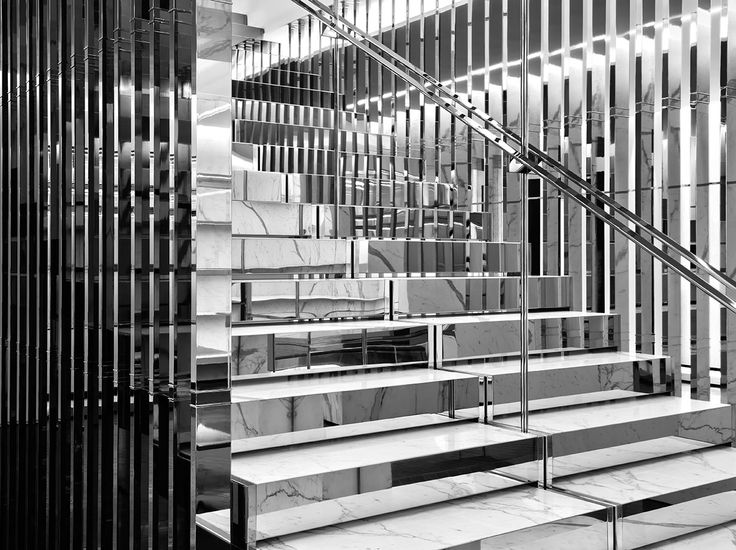
Stairs as Theatre + Performance.
It's not every day that you or the children get to an opportunity to perform song from a stage. But why not, given the opportunity, make the most of what your stairs have to offer! This can be done in a number of ways... Flanking them with columns or bathing them in light, delivering them into a living room or office foyer are all ways of encouraging theatre. Dividing them into sections can theatrify arrival, greeting and action.
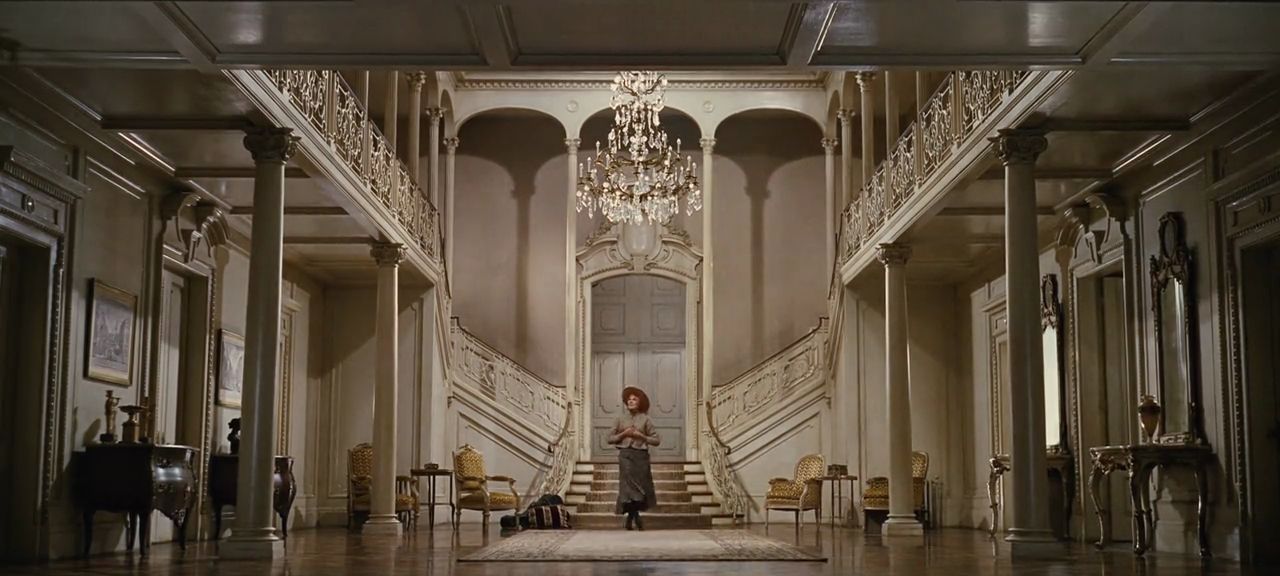
The Sound of Music Staircase, Salzburg, divides the staircase into three distinct components. It even has it's own viewing gallery.
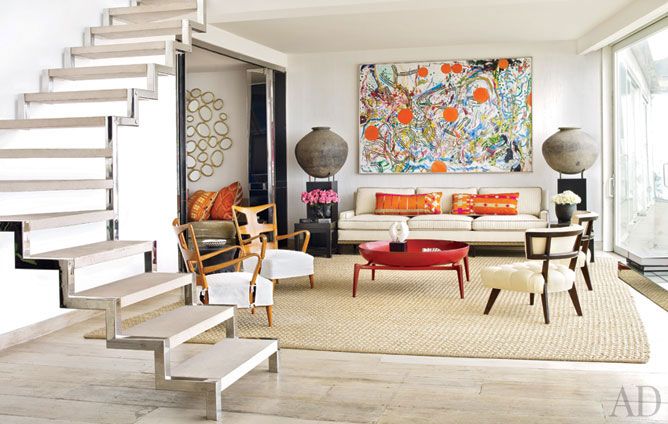
This staircase in an Alberto Pinto Residence, Rio De Janeiro, is encouraging glamorous and slightly precarious theatre.
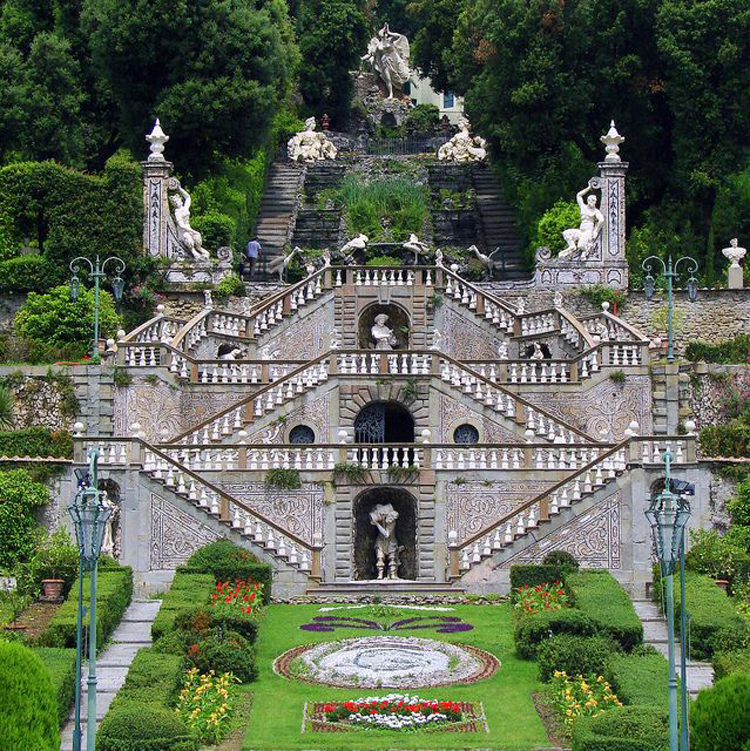
Villa Garzoni, Tuscany, is theatrical without any being even on it.
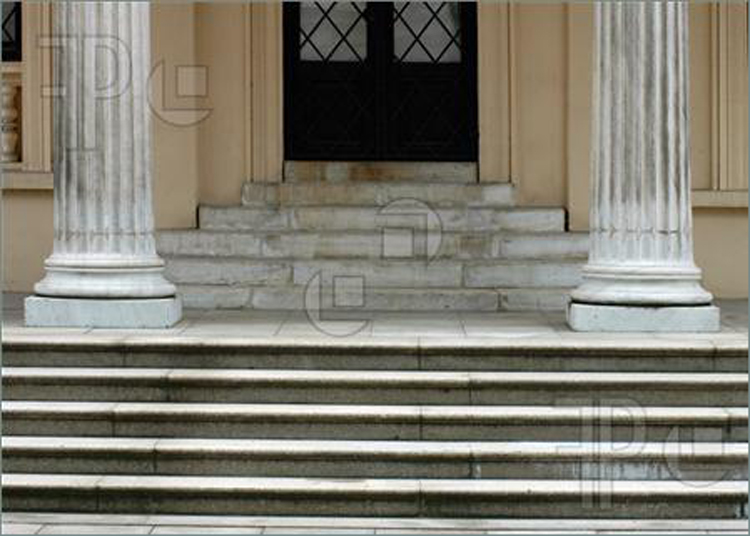
Roman Steps (above) create a stage for public life and architectural expression. Melbourne designers Hecker Phelan lengthen steps of a Melbourne living room (below) to similarly encourage a little theatre in the realm of private life.

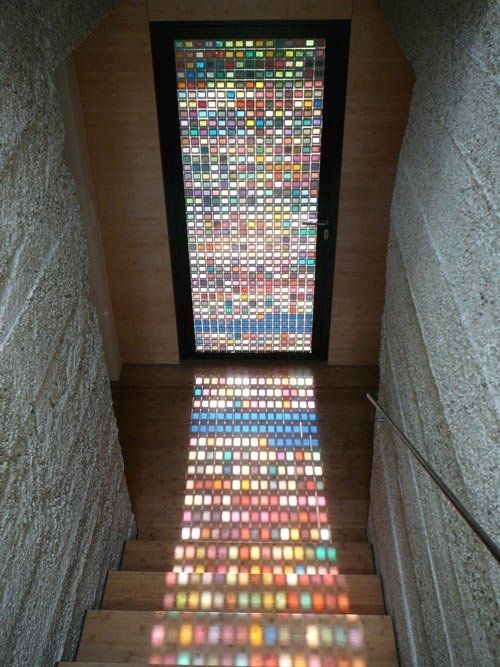
Colour and light combine to create drama as the sun moves in California.

Above left: The landing on this staircase allows people to publically converse with their colleagues without the commitment of going one way or the other. Above right: Steel casing for the glass creates a dynamism while stair lights create drama with the shadow of movement. Stilettos would make great impact, visually and audibly.
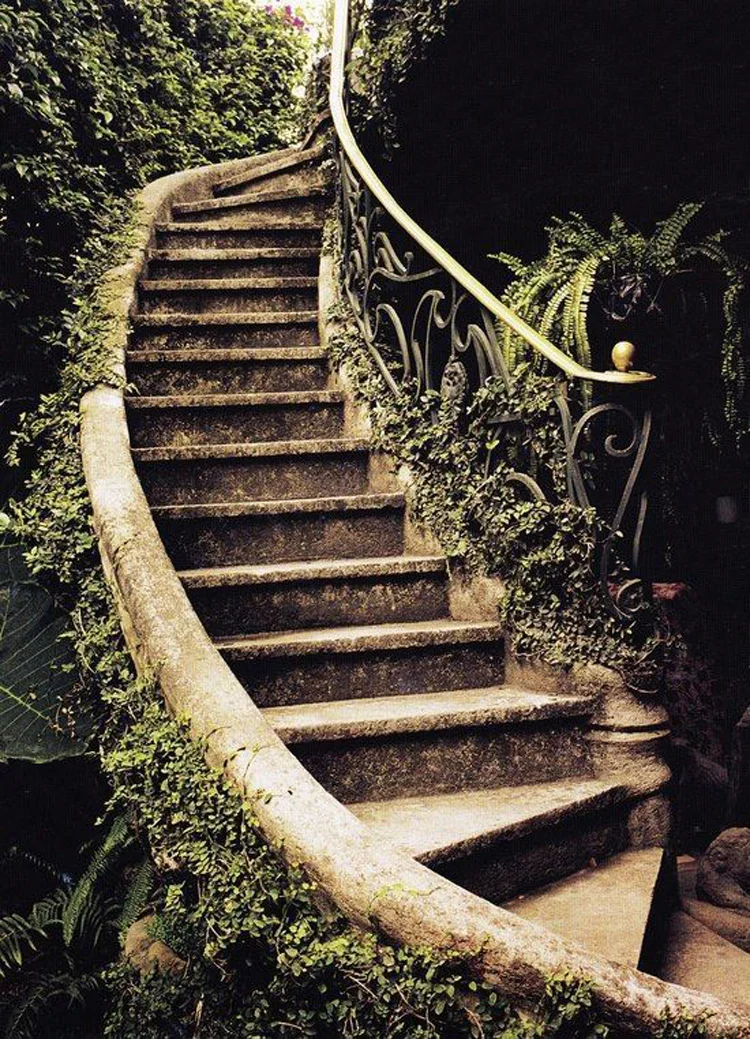
Movement
Staircases provide a fabulous opportunity to create and encourage movement within a space. Think of the possibilities that could be made between the variety of spaces within your own home. Which two spaces could be linked and what kind of impact could that have on your daily life? The shape of a staircase itself can affect the types of movements within a space; fast or slow, straight or diagonal, rounding a curve to take in a new landscape. Curved staircases are often more easily and affordably achieved externally. Concealing their finishing point can excite a user, creating mystery, intrigue and surprise! These Tuscan steps enhance mystique by concealing their destination.
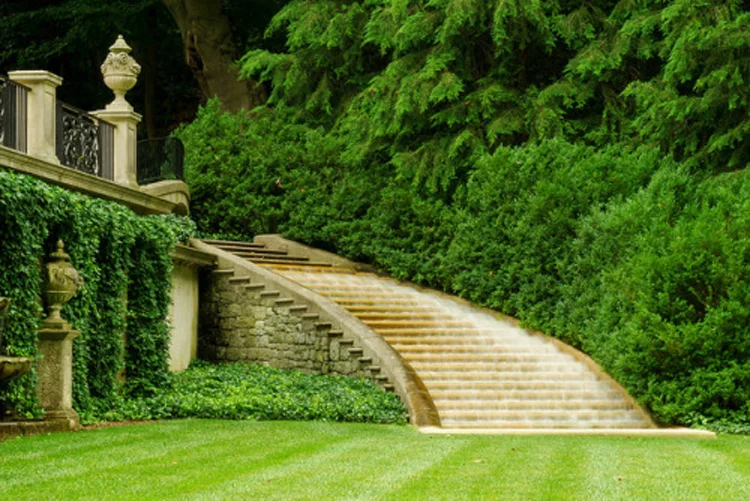
Water cascades down the twisted stairs of Longwood Water Gardens in Italy, counterpointing rectilinearity.

Movement around this shrine in a Tuscan garden offers differing vantage points, (above left). The entrance staircase in Bawa's Sri Lanka home creates intrigue through it's curve and movement through it's skirting. (Above right)

Stripes used here as hedging (above left), are an age-old method of suggesting movement. Stairs turning a corner encourage diagonal use. Organically placed, block-like stepping stones (above right) encourage playful moment between the daisies.
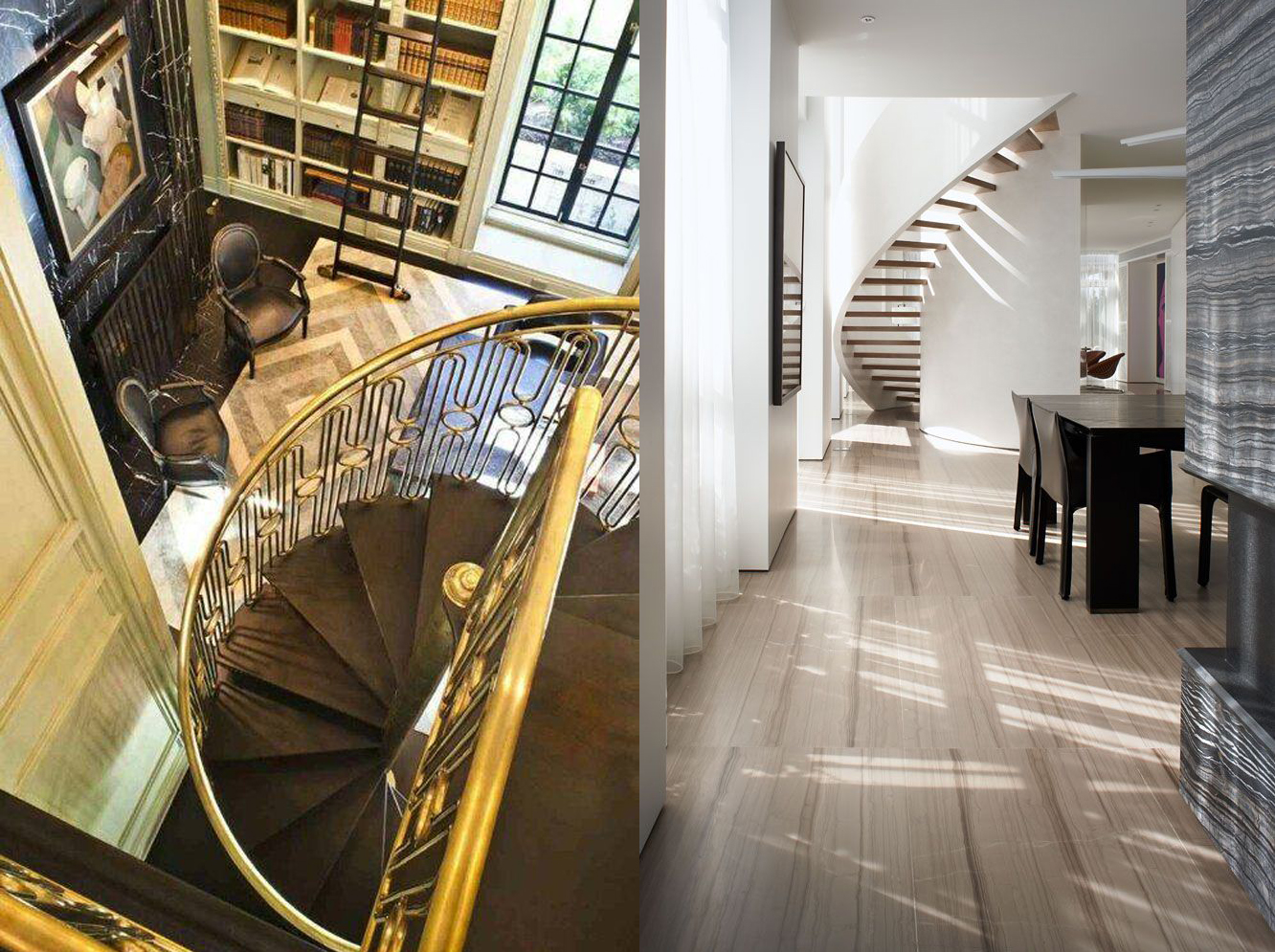
Designers Kelly Werstler and Munge Lueng have sculpted movement to encourage users to grasp a full 360 degree perspective of their space. These stairs also encourage fabulous light play.
While there are thousands of examples of staircases dating millenia, this is just a small cross section, examined through some conceptual design lenses. I hope I have got your brain juices flowing in considering the possibilities for your own homes. So until September's instalment, bye for now and thank you for joining me!
